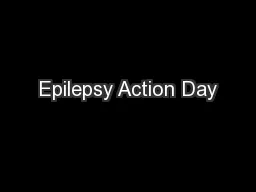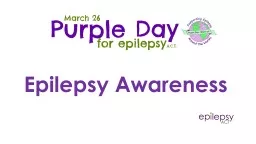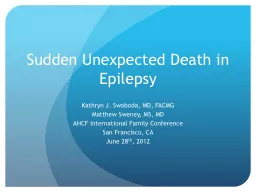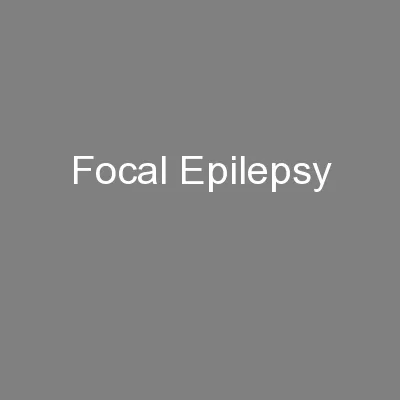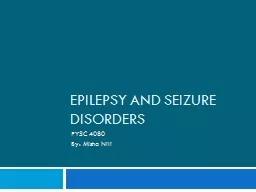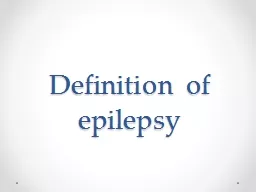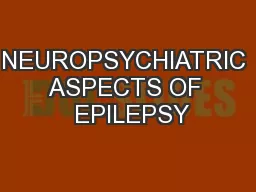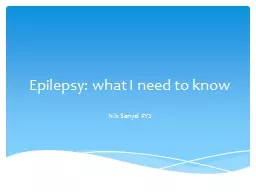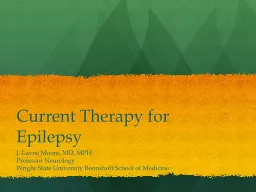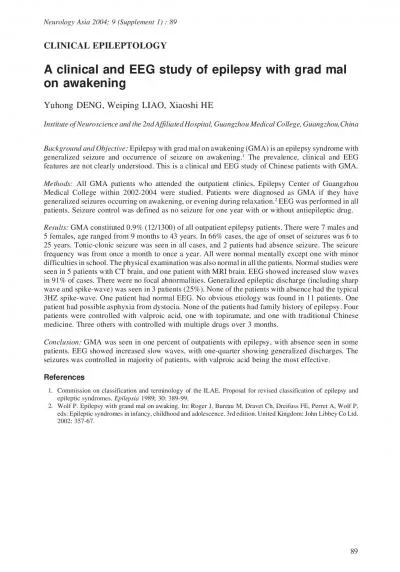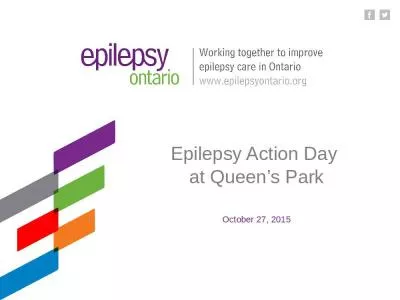PPT-Epilepsy Action Day
Author : faustina-dinatale | Published Date : 2017-12-10
at Queens Park October 27 2015 15 epilepsy agencies across Ontario represent nearly 90000 people living with epilepsy Epilepsy agencies provide direct support
Presentation Embed Code
Download Presentation
Download Presentation The PPT/PDF document "Epilepsy Action Day" is the property of its rightful owner. Permission is granted to download and print the materials on this website for personal, non-commercial use only, and to display it on your personal computer provided you do not modify the materials and that you retain all copyright notices contained in the materials. By downloading content from our website, you accept the terms of this agreement.
Epilepsy Action Day: Transcript
Download Rules Of Document
"Epilepsy Action Day"The content belongs to its owner. You may download and print it for personal use, without modification, and keep all copyright notices. By downloading, you agree to these terms.
Related Documents

